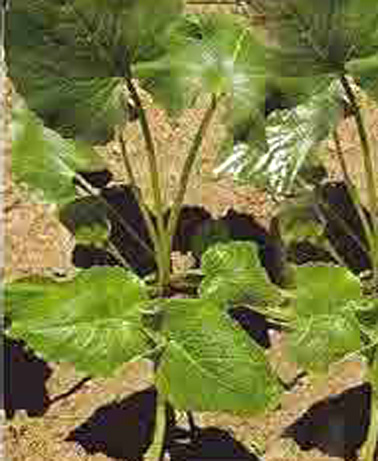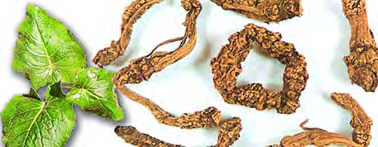|
Botanical Name:
Valeriana wallichii
Tagara consists of the subterranean parts (predominantly
dried rhizome, stolon and small portion of root) of
Valeriana officinalis L, Family Valerianaceae
Common Name(s) in English & Indian Languages
Sanskrit: Kalanusari, Kalanusarika, Nata
Assamese: Tagar
Bengali: Tagar Paduka
English: Indian Valerian
Gujarati: Tagar Ganthoda, Tagar Gantho, Ghodawaj
Hindi: Mushkbala, Sugandhabala
Kannada: Mandibattal, Mandyavanthu, Mandibattalu, Tagar
Kashmiri: Bala, Mushkbala
Malayalam: Thakaram
Marathi: Tagar, Ganthode
Oriya: Tagarapaduka, Jalashiuli
Punjabi: Mushkobala, Sugandhbala
Tamil: Tagarai
Telugu: Grandhi Tagaramu
Urdu: Tagar
Botanical description:
A tall perennial herb whose underground portion consists of
a vertical rhizome bearing numerous rootlets and one or more
stolons. The aerial portion consists of a cylindrical
hollow, channeled stem attaining 2m in height, branched in
the terminal region, bearing opposite exstipulate,
pinnatisect, cauline leaves with clasping petioles. The
inflorescence consists of racemes of cymes whose flowers are
small, white, or pink. The fruits are oblong-ovate,
4-ridged, single-seeded achenes
Parts used:
Dried roots, rhizomes and stolons
Major chemical constituent:
Essential oil
Therapeutic uses:
• Diseases of eyes (Netraroga)
• Epilepsy (Apasmara)
• Mania (Unmada)
• Diseases of head (Siroroga) |
|


|
|
|



